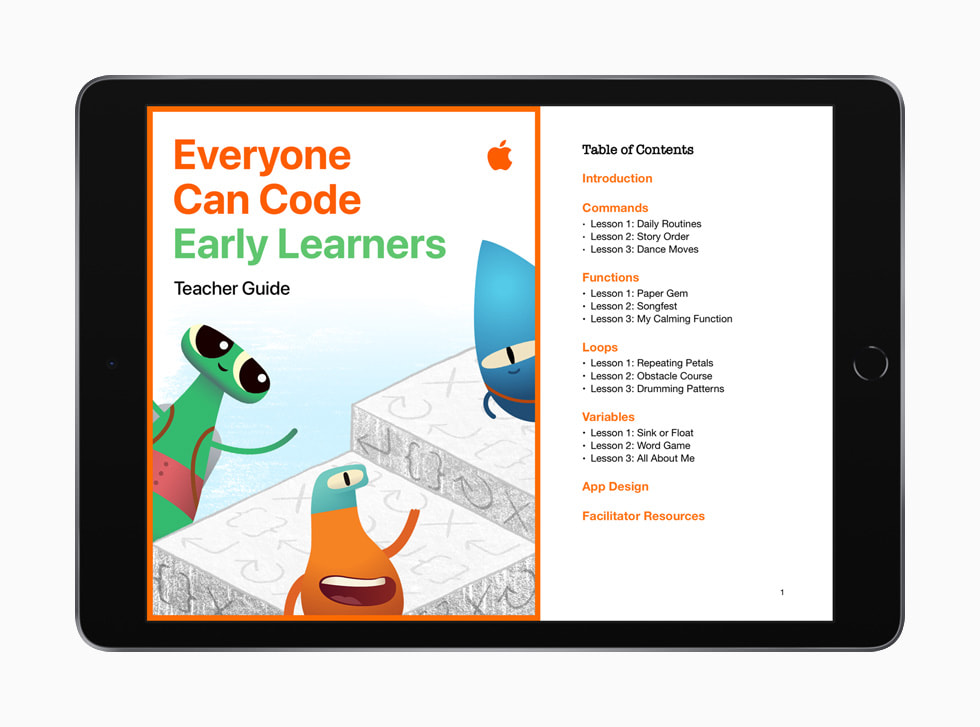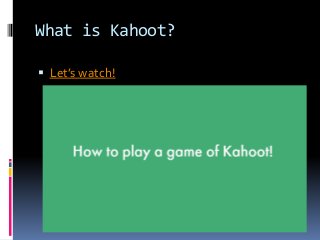
A dataset is a way to determine the education levels in a particular state. The dataset can be accessed online and provides a range of metrics regarding education levels within a state. It can be used for comparing the educational attainment between native and non-native residents. This information can help determine how prepared a state is for future job opportunities.
Immigrants have lower education levels than natives
Most natives have some level of education. However, many immigrants have much lower educational levels. For example, some immigrants may not have any education or have only high school educations. This could be an advantage for certain jobs, as immigrants may have a better grasp of manual skills. A second advantage to immigrants are their language skills. This may make them more attractive in certain industries.

A study done in Poland revealed that immigrants from the former Soviet Union (and other eastern European countries) had lower education scores than natives. The highest educational gaps were found in the MENA region, where there was a difference of over 2 years between those who have completed school and those without any education.
Overall, immigrants with foreign degrees had lower educational attainment than natives. These immigrants also had a lower likelihood of completing a bachelor's level or higher. Additionally, immigrants of first generation were less likely than native-born parents to earn a college degree.
They compete with foreign workers for jobs
The United States' labor market is experiencing a shortage of skilled workers, particularly those with higher education levels. In the last 30 years, demand for skilled workers have increased rapidly, but supply has not kept pace. Employers who offer high wages, but cannot find qualified workers in their country are frustrated by this situation. As a result, they often seek foreign workers, offshoring jobs and lobbying for less restrictive immigration policies.
They have lower rates for home ownership
In the last decade, 30 percent of homeowners have less than a highschool diploma. This is due primarily to economic factors. The US has seen a rise in inequality and fewer opportunities for good jobs. Furthermore, housing prices are on the rise. As a result, many homeowners without a high school education have been priced out of the housing market. Moreover, many were victims of predatory lending.

The importance of education attainment and homeownership is increasing. The gap was just 15% in 1990. It now stands at 28 percent. Higher incomes are also a factor in homeownership. 40% less likely are the lowest-income households to become homeowners than those with higher incomes.
FAQ
What is the purpose of schooling or education?
Education should be able to help students acquire the skills needed for employment. It is not only an academic pursuit, but also a social activity in which children can learn from each other and gain confidence through participating in sports, music, or art. It is all about teaching students how to think critically, and how to create so they can be independent and self-reliant. What does it take to achieve high educational standards
Education standards that ensure all students reach their full potential are good. They establish clear goals for teachers to work towards with their students. Education standards that are flexible enough to allow schools to adapt to changing needs can be a good thing. Fair and equitable education standards must also be maintained: Every child is equal in terms of chance of success, regardless of his/her background.
What is an alternate school?
The idea behind an alternative school is to offer students with learning difficulties access to education by providing them with support from qualified teachers who understand their individual needs.
The aim of an alternative school is to provide children with special educational needs with the opportunity to learn within a normal classroom environment.
Additionally, they receive extra support when necessary.
Alternative schools do not exist for students who are exclusion from mainstream schools.
They are open to children of all abilities and disabilities.
Do you think it is difficult to be a teacher
A major commitment is required to be a teacher. It will require you to dedicate a lot of time to your studies.
You should expect to work around 40 hours per week while pursuing your degree.
Additionally, you need to find a job which suits your schedule. Many students report difficulty finding part-time jobs that work around their school schedules.
You will likely teach classes once you have been hired as a full time teacher. You may be required to travel across the country to teach classes during the week.
What is the difference between school and college?
Schools are typically divided into classes or grades with a teacher who teaches students. Colleges, which are often larger and offer more specialized classes, may also include university-level programs. While schools are more focused on fundamental subjects, colleges might offer a range of subjects such as arts, science and languages. Both levels offer a variety of subjects to help students prepare for higher level study.
Homeschooling is possible for anyone.
Anyone can homeschool. There aren't any requirements.
Parents who have completed high school can teach their children. Many families opt to have their children teach them while they are in college.
Parents with less formal education can learn how to teach their children.
After satisfying certain requirements, parents can become certified teachers. These requirements vary by state.
Some states require all homeschooled children to pass a test prior to graduation. Others do not.
Homeschooling parents must register their family with the local school district.
The process involves filling up paperwork and submitting the completed form to your school board.
After registering, parents will be able to enroll their child in either public or privately-funded schools.
Some states permit parents to homeschool their children without having them registered with the government.
If you reside in one of these states you are responsible for making sure your children comply with the compulsory attendance laws.
What factors should I consider when choosing a major?
The first step is to decide whether you prefer to enter a particular profession straight away or attend college. Then you should make a list of your interests and talents. Your interests can come from reading, listening to music, watching movies, talking to people, playing sports, working around the house, etc. You can be a singer, dancer, painter, writer, sewer, cook, woodwork, garden, photography, carpentry or auto mechanics. Once you have identified your interests and talents, you can use them as guides when selecting a major.
Fine arts or art history might interest you if your dream is to be an artist. Biology might be a good choice if you are passionate about animals. Pre-medicine, medical technology and medicine are options for those who want to be doctors. Computer science, computer networking, or computer engineering might interest you if you want a career that involves computers. There are many choices. It's important to consider what you would like.
How can I get scholarships?
Scholarships are grants awarded to help pay for college expenses. There are many kinds of scholarships. These are:
-
Federal Grants
-
State Grants
-
Student Loans
-
Work Study Programmes
-
Financial Aid
Federal grants are directly issued by the U.S. government. Most federal grants require applicants fulfill certain requirements. You will need to prove financial need.
Each state offers state grants. Some states offer state grants based only on financial need. Other states award money for specific reasons.
Banks and lending institutions offer student loans. Students are often able to borrow money for expenses such as tuition or living expenses.
Employers are encouraged to employ qualified students through work-study programs. Employers must pay at least the minimum wage to their employees.
Financial aid is available to help low-income families pay for college. It covers all or most of the tuition costs.
Statistics
- They are more likely to graduate high school (25%) and finish college (116%). (habitatbroward.org)
- These institutions can vary according to different contexts.[83] (en.wikipedia.org)
- In most developed countries, a high proportion of the population (up to 50%) now enters higher education at some time in their lives. (en.wikipedia.org)
- They are also 25% more likely to graduate from high school and have higher math and reading scores, with fewer behavioral problems,” according to research at the University of Tennessee. (habitatbroward.org)
- And, within ten years of graduation, 44.1 percent of 1993 humanities graduates had written to public officials, compared to 30.1 percent of STEM majors. (bostonreview.net)
External Links
How To
How can I apply in order to be considered for a scholarship?
Before you apply for scholarship funding, ensure that you are eligible. The criteria that you must meet to qualify for a scholarship are listed below.
You can, for example, be granted a grant if the applicant is economically disabled. If you are enrolled in vocational training courses, you may be eligible for a work-study grant. If you are a member or a minority group, you may be eligible for a grant.
Once you have determined whether you are eligible for a scholarship type, you can apply.
You can apply online or in person. The type of scholarship will determine the application process.
Some scholarships require you to submit essays about yourself and why you want the money. Some ask you questions such as "Why did this major interest you?"
Many scholarships require that you fill out an application and submit supporting materials.
Your scholarship provider will evaluate the information you supply. If you are chosen, you will receive an email or postal notification.
Even if your application is not accepted, you may still be eligible to receive a scholarship. Contact your scholarship provider for details.